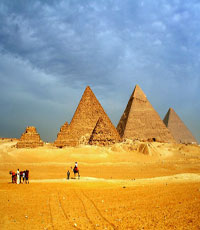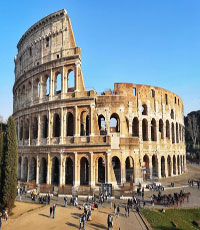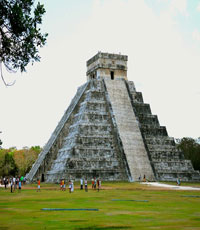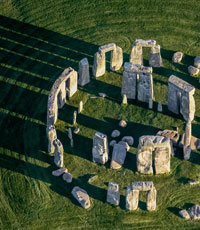
Petra, the famous "rose red city, half as old as time", was the old capital of the Nabataean kingdom. It is indeed Jordan's most valuable treasure and greatest tourist attraction.
Petra is an ancient city that lies in present-day Jordan and dates back to the fourth century B.C. Ruins of the once-great metropolis and trading center now serve as an important archaeological site and tourist attraction.
Petra is situated around 150 miles south of both Jerusalem and Amman, the capital of Jordan, and about halfway between Damascus, Syria, and the Red Sea, making it ideally suited as a hub of commerce in the area. Petra has likewise been alluded to as the "Rose City" because of the color shade of the stones utilized in its structures. It was named an UNESCO World Heritage Site in 1985.
The city of Petra was established as a trading post by the Nabateans, an Arab Bedouin tribe indigenous to the region in what is currently southwestern Jordan. They continued to rule over the city for more than 250 years until the middle of the fourth century A.D., when an earthquake destroyed many of its buildings. The Byzantines eventually took control of the region, and governed Petra for some 300 years.













